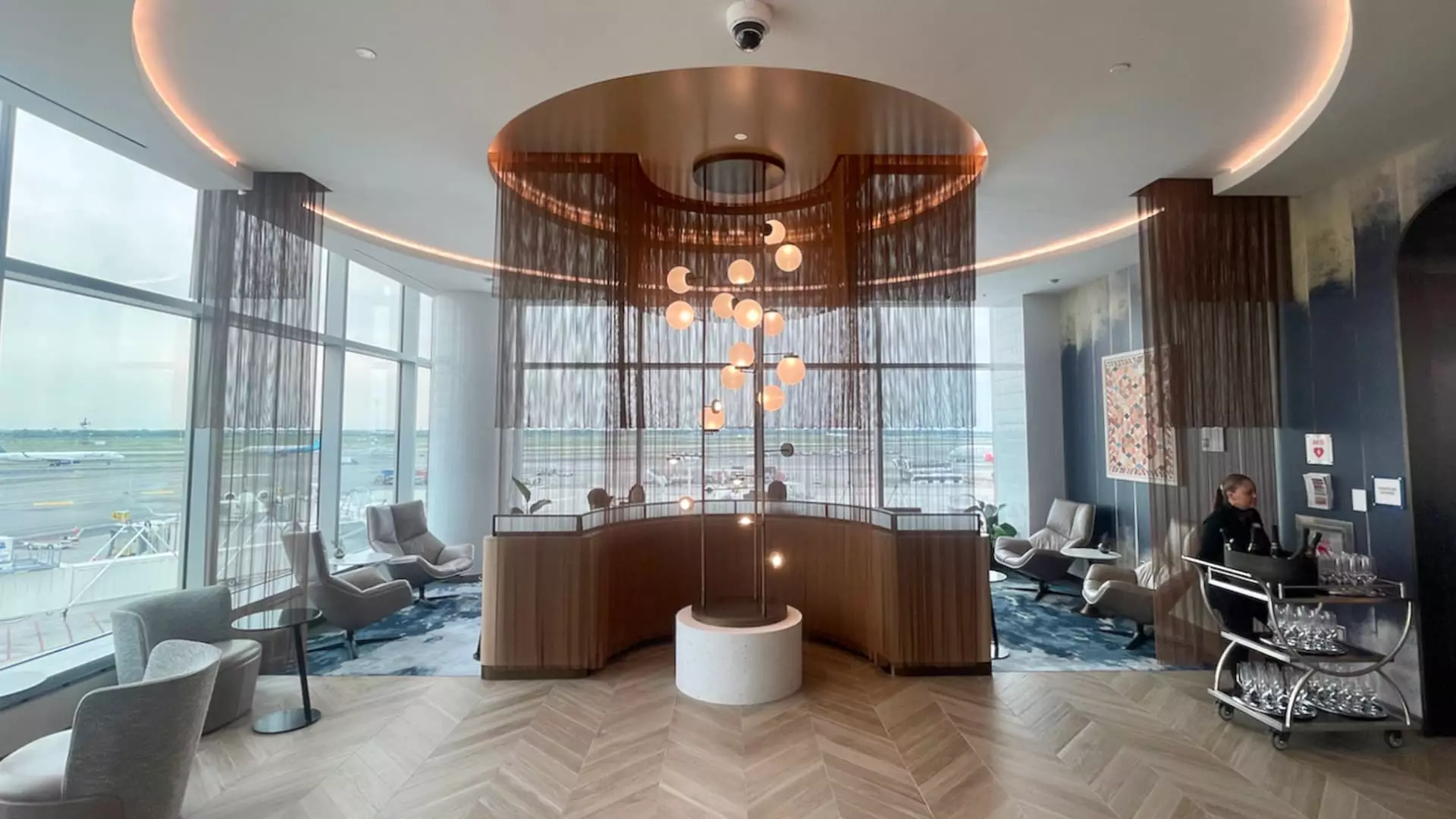Airport lounges, once considered exclusive spaces for a privileged few, have become increasingly popular among travelers. These lounges offer complimentary food, drinks, and a tranquil environment away from the chaos of overcrowded gates. However, as the number of travelers accessing lounges has risen, airlines and credit card companies face the challenge of maintaining exclusivity while catering to a larger customer base.
In the past, access to airport lounges was limited to top frequent flyers and certain credit card holders. These individuals often enjoyed complimentary or discounted lounge access. However, as more travelers acquire high-end rewards credit cards and engage in substantial spending, the accessibility of airport lounges has expanded significantly. Airlines and credit card companies now face the task of making these spaces both exclusive and attainable for a larger demographic.
Standard airline lounge memberships for major U.S. carriers come with a hefty price tag, ranging between $650 and $850 annually. In recent years, these prices have seen a sharp increase. The elevated costs reflect the growing demand and the need for airlines to maintain profitability. Nevertheless, these high fees can deter many potential customers from investing in lounge memberships.
The soaring popularity of Delta Air Lines Sky Club lounges and the credit cards granting access to them has led to overcrowding and long queues. Faced with numerous customer complaints, Delta responded by imposing restrictions on lounge access, such as time limits and annual visit limits for certain credit card holders. However, these changes received negative feedback from customers who deemed them overly strict. Delta subsequently reversed some of the restrictions, illustrating the struggle to find the right balance between exclusivity and accessibility.
Revenue and the Pursuit of Premium Experience
Delta executives have reported that revenue from premium products, such as business class, has surpassed that of main cabin economy. To meet the high demand, airlines like Delta, United Airlines, and American Airlines are investing in building more lounges and expanding existing spaces. They are also implementing tiered systems for their lounges to cater to different customer segments. For example, United introduced a grab-and-go express club at Denver International Airport to accommodate travelers with tight connections, thereby freeing up space in their full-service lounges. Similarly, Delta is constructing a network of highest-tier lounges targeted at travelers in Delta One suites and other top-tier customers.
Card Issuers’ Involvement
Credit card issuers, including JPMorgan Chase, Capital One, and American Express, are also capitalizing on the popularity of airport lounges by opening their own spaces in airports. These issuers seek to attract and retain high-spending customers. For instance, Capital One has opened lounges at Washington Dulles International Airport and Dallas/Fort Worth International Airport, with plans to open more locations in the near future. Cardholders of the Capital One Venture X card enjoy unlimited access to these lounges for an annual fee of $395. Chase, on the other hand, has launched its Chase Sapphire lounge in Hong Kong and plans to open more lounges at various U.S. airports. These lounges are exclusively available to Chase Sapphire Reserve cardholders, who pay an annual fee of $550.
The Future of Airport Lounges
The increasing popularity of airport lounges presents both opportunities and challenges for airlines and credit card companies. To meet the demand for premium experiences, airlines are expanding and enhancing their lounge offerings. At the same time, credit card issuers are investing in creating exclusive airport spaces to attract high-value customers. However, finding the right balance between exclusivity and access remains a continuous challenge. As the travel industry adapts to evolving customer preferences, the future of airport lounges will likely involve innovative solutions to accommodate the growing number of travelers seeking a premium travel experience.


Leave a Reply